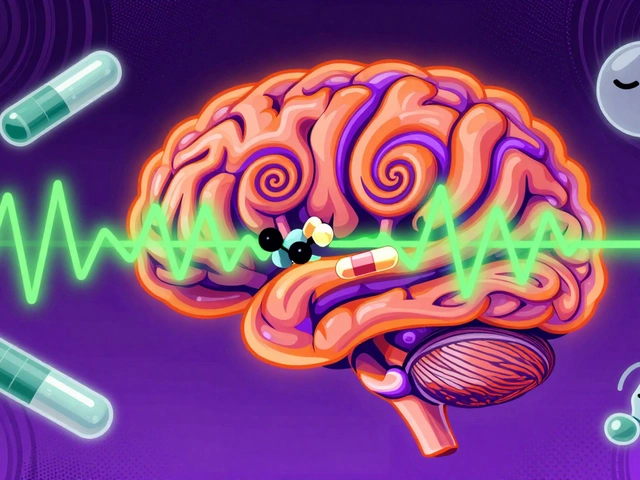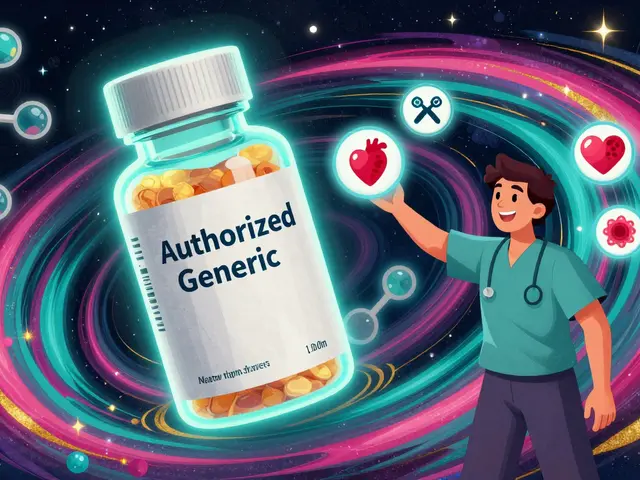Pain management: practical steps to cut pain and keep you safe
Chronic pain wears you down. Quick fixes often fail. What helps most is a mix of smart medicine choices and daily habits you can actually stick with. Below I’ll outline simple, useful options — from drugs that work for certain pain types to things you can start today. No fluff. Just clear, practical steps.
Medications that actually help
First, match the medicine to the pain. For general joint and muscle pain, NSAIDs like meloxicam can reduce inflammation and pain. If you’re worried about side effects — weight changes or stomach issues — read our Meloxicam and Weight Gain piece for tips on watching changes and staying safe.
For nerve pain, drugs in the anticonvulsant and antidepressant groups often beat regular painkillers. Check our Top 10 Neurontin Alternatives to see options if gabapentin (Neurontin) isn’t working for you. Those drugs target nerve signals rather than inflammation.
Gout flares respond best to anti-inflammatories; etodolac is one choice some people use. Our Etodolac for Gout Relief article breaks down when it helps and what to watch for.
Be careful with stronger drugs. Benzodiazepines like diazepam can ease muscle spasm and anxiety, but they carry dependence risk. If you read online guides about buying meds, follow official rules. Our How and Where to Safely Buy Diazepam Online guide explains legal steps and safer choices.
If you buy meds online, use trustworthy pharmacies. We’ve reviewed safe options and budget-friendly picks in pieces like Best Budget-Friendly Alternatives to Northwest Pharmacy and Top Online Pharmacy Alternatives to MedExpress. Avoid sites that skip prescriptions or hide contact info.
Simple non-drug steps that work
Move a little every day. Low-impact exercise — walking, swimming, gentle strength work — lowers pain long-term. Physical therapy can teach targeted moves that stop the pain cycle.
Sleep matters. Poor sleep amplifies pain. Try a fixed sleep schedule and limit screens before bed. If sleep is wrecked by pain, talk with your clinician about options that won’t interact with your meds.
Mind and body tricks work more than people expect. Breathing, short meditation, and paced relaxation reduce the brain’s pain response. These tools are free and safe to try right now.
Topicals and local treatments help focal pain. Creams with lidocaine, capsaicin patches, or ice/heat packs can cut symptoms without systemic side effects.
Finally, ask questions. If a med isn’t helping, ask your doctor about alternatives from our site like nerve-targeting drugs or non-drug choices. If you shop online, confirm the pharmacy’s license, read reviews, and avoid sites that offer controlled meds without a valid prescription.
Want articles tailored to a specific type of pain? Check our site’s guides on nerve pain, gout, NSAIDs, and safe online buying. Small, steady changes often beat sudden big fixes. Start with one habit and one reliable treatment plan.
Hydromorphone Alternatives: Exploring 5 Practical Options for Pain Relief
Looking for ways to manage pain without hydromorphone? This article breaks down five alternative options, including their strengths and drawbacks. We look at how each choice works, who they suit best, and what you should watch out for. The guide includes some practical tips and a handy comparison chart at the end. If you're searching for safer or more fitting pain relief, you'll find some straightforward answers here.





